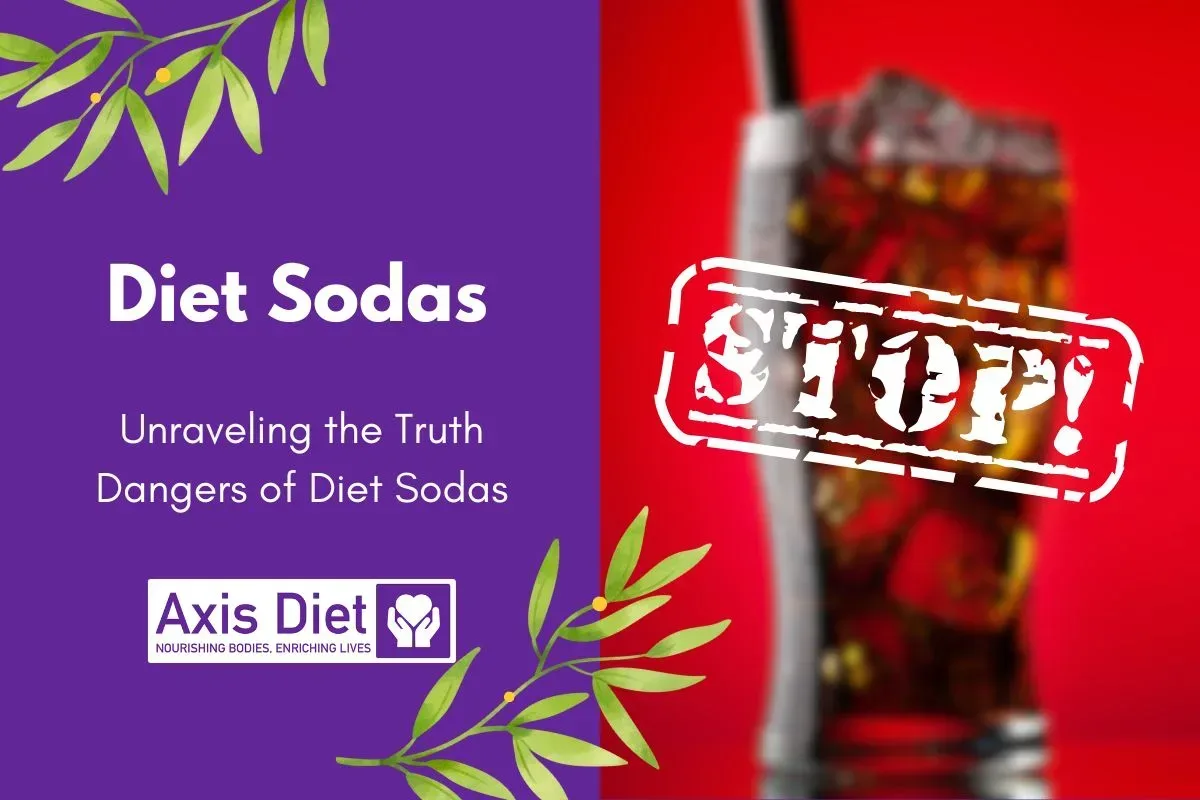In today’s rapidly evolving wellness landscape, the “keto diet” has emerged as a trend that has captured worldwide interest. This diet, known for its potential benefits such as weight loss and improved health markers, is often cloaked in a fog of misinformation and misunderstanding. Today, we aim to shed light on what exactly the keto diet is, how it functions, and importantly, who it’s best suited for. This comprehensive beginner’s guide is your starting point for understanding the world of keto.
Understanding the Keto Diet
Let’s start with the basics. The ketogenic, or “keto diet” is a way of eating that involves consuming very few carbohydrates, a moderate amount of protein, and a high amount of fat. You might be familiar with carbohydrates—they’re found in foods like bread, pasta, rice, and most sweet treats. On the other hand, fats are found in foods like oils, butter, avocados, nuts, and meat.
In simpler terms, following the keto diet means you’ll be eating things like meat, fish, cheese, eggs, green vegetables, and nuts while avoiding most fruits, bread, pasta, sugar, and starchy vegetables like potatoes.
| Macro Nutrient | Keto-Friendly Foods |
|---|---|
| Fats | Avocados, Olive oil, Coconut oil, Butter, Heavy cream, Cheese, Nuts and seeds |
| Proteins | Eggs, Fish (salmon, mackerel), Poultry (chicken, turkey), Meats, Tofu |
| Carbohydrates | Leafy greens (spinach, kale), Above-ground vegetables (broccoli, cauliflower), Berries (strawberries, raspberries), Zucchini, Bell peppers |
But why avoid carbs? Well, your body typically uses glucose, a form of sugar that comes from carbohydrates, as its primary fuel source. If glucose is readily available, your body will use that for energy instead of burning fat.
When you severely limit your carbohydrate intake, your body runs out of its glucose stores and has to start burning fat for energy—a state known as ketosis. Once your body is in ketosis, it becomes extremely efficient at burning the fat you consume (and the fat stored in your body) for fuel.
Moreover, when your body doesn’t have enough carbohydrates to burn for energy, it starts to break down fat into molecules called ketones, which it can use for fuel. This is beneficial because some parts of the body, such as the brain, can’t use fat directly for energy—they need either glucose or ketones.
So in essence, the keto diet aims to shift your metabolism towards predominantly burning fat for energy, rather than carbohydrates. The goal is to maintain this metabolic state, to lose weight, or to improve certain health markers.
Who is the Keto Diet Best For?
Let’s delve deeper into who can potentially benefit most from adopting a keto diet:
Individuals Looking to Lose Weight
The keto diet has been studied extensively for its role in weight loss. By reducing your carbohydrate intake, your body enters a state of ketosis, which can promote fat burning and help you shed excess pounds. The high-fat content in the keto diet can also help you feel fuller for longer, which might reduce overeating or frequent snacking. It’s important to note that while the keto diet can help with weight loss, it’s not a magic solution and should be complemented by regular physical activity and a balanced lifestyle.
People with Type 2 Diabetes or Prediabetes
When you eat carbohydrates, your body breaks them down into sugars, which are absorbed into the bloodstream. This triggers the pancreas to produce insulin, a hormone that allows cells to absorb sugar for energy or storage. In people with type 2 diabetes, cells become resistant to insulin, causing sugar to build up in the blood. By significantly reducing carbohydrate intake, the keto diet can lower blood sugar levels and improve insulin sensitivity, potentially helping manage type 2 diabetes.
Individuals with Certain Neurological Disorders
The keto diet was originally developed in the 1920s as a treatment for epilepsy in children who didn’t respond to other treatments. Since then, research has suggested that the diet might have potential benefits for other neurological conditions, including Alzheimer’s disease, Parkinson’s disease, and some sleep disorders. The exact reasons why the keto diet might benefit these conditions aren’t fully understood, but it may have to do with the protective effects of ketones on the brain.
Those Looking to Improve Metabolic Health
In addition to weight loss and specific health conditions, the keto diet might also improve other aspects of metabolic health, including heart diseases risk factors like high cholesterol and high blood pressure. Some research suggests that the keto diet can improve these factors more than traditional low-fat diets. However, long-term studies are needed to confirm these effects.
It’s crucial to remember that while the keto diet can be beneficial for some, it’s not suitable for everyone. Certain populations, including pregnant and breastfeeding women, individuals with liver disease, or those with a history of eating disorders, should avoid the diet or approach it with caution. Furthermore, the keto diet can lead to nutrient deficiencies if not well planned, and it can be challenging to stick to in the long term.
As with any dietary changes, it’s highly recommended to consult with a healthcare professional or dietitian before beginning a keto diet. They can help determine if it’s the right fit for you, given your health history, lifestyle, and wellness goals.
Potential Risks and Challenges of the Keto Diet
While the ketogenic diet can offer numerous health benefits, like any diet, it also comes with potential risks and challenges. It’s crucial to understand these before embarking on a keto journey.
Keto Flu
When you first start a keto diet, your body needs time to adjust to its new fuel source: fat instead of carbohydrates. During this transition, you may experience symptoms like fatigue, headaches, dizziness, nausea, and irritability, collectively known as the “keto flu.” These symptoms usually subside after a few days or a week as your body adapts.
Nutrient Deficiencies
The ketogenic diet excludes certain food groups, especially grains and fruits, which could lead to deficiencies in essential vitamins and minerals. This lack of diversity can be mitigated by consuming a variety of nutrient-dense, low-carb vegetables, high-quality proteins, and healthy fats.
Digestive Issues
A sudden drop in your fiber intake due to restricting carbs might lead to constipation. To avoid this, ensure you’re still consuming a decent amount of fiber through green leafy vegetables, nuts, seeds, and low-sugar fruits like berries.
Elevated Blood Lipid Levels
Although the keto diet can reduce certain risk factors for heart disease, such as blood sugar and insulin levels, it can also increase levels of LDL (“bad”) cholesterol due to the high fat intake. However, the impact of dietary fat on cholesterol levels and heart health is complex, and the overall impact of a ketogenic diet on heart health is still a topic of ongoing research.
Ketoacidosis
In rare cases, the keto diet can lead to a dangerous condition known as ketoacidosis, where the body starts breaking down fat too quickly, causing the blood to become acidic. This condition is more common in people with type 1 diabetes, but it can occasionally occur in nondiabetic individuals as well.
Remember, before starting any new diet plan, especially a restrictive one like keto, it’s crucial to consult with a healthcare professional. They can guide you through potential risks and help you design a diet plan that ensures you get all the nutrients you need.
(adsbygoogle = window.adsbygoogle || []).push({});
Keto Diet Journey: An Active Step-By-Step Guide
Ready to give the keto diet a try? Here’s an active step-by-step guide to help you get started:
Step 1: Consult with a Healthcare Professional
As with any significant change in your diet, it’s crucial to discuss your plans with a healthcare professional. They can help ensure the keto diet is a safe and suitable option for you based on your personal health history and current status.
Step 2: Set Your Macros
On the keto diet, you’ll focus on macros – the amounts of fats, proteins, and carbohydrates you eat each day. Aim for about 70-75% of your calories from fats, 20-25% from proteins, and just 5-10% from carbohydrates. You’re trying to get your body to burn fats for fuel instead of carbohydrates, a state known as ketosis.
Step 3: Prepare Your Meals
Good meal planning is crucial for the keto diet, given its specific requirements. Look for simple, delicious keto recipes. Create a grocery list filled with keto-friendly foods.
Step 4: Decrease Your Carb Intake Gradually
If you’re coming from a high-carb diet, consider gradually reducing your carb intake over one to two weeks, rather than going all-in immediately. This method can help prevent some common initial side effects, often referred to as the “keto flu.”
Step 5: Stay Hydrated and Maintain Electrolyte Balance
Starting the keto diet makes your body flush out water more than usual, leading to potential dehydration and electrolyte imbalance. Make sure you’re drinking plenty of water and consuming adequate electrolytes, like sodium, potassium, and magnesium.
Step 6: Track Your Progress
Keep an eye on how you’re doing. You might test for ketones in your urine, blood, or breath to confirm your body is in ketosis. However, simple observations like changes in your body weight, measurements, or how your clothes fit can also serve as effective progress markers.
Step 7: Incorporate Regular Exercise
Even as the keto diet can promote weight loss and improve health markers, pairing it with regular physical activity is beneficial. Exercise can help you reach your health goals faster and comes with a host of additional health benefits.
Consistency is key for success on the keto diet or any lifestyle change.
The Keto Diet: A Summary
The ketogenic, or keto, diet is a high-fat, moderate-protein, and very low-carb diet that aims to push your body into a metabolic state known as ketosis, where it burns fat, rather than carbohydrates, for energy.
The keto diet can offer various health benefits, particularly for people with metabolic, neurological, or insulin-related diseases. It can aid in weight loss, enhance cognitive function, and help manage conditions like type 2 diabetes and epilepsy.
However, like any significant dietary change, the keto diet comes with potential challenges and risks. These include the “keto flu,” nutrient deficiencies, digestive issues, and in rare cases, ketoacidosis. Transitioning to a keto diet may also initially increase LDL cholesterol levels.
To mitigate these risks and reap the potential benefits of the keto diet, it’s essential to plan your meals carefully, ensure you’re getting a balanced intake of nutrients, and maintain hydration and electrolyte balance. Regular exercise is also key to overall health and well-being.
Before starting the keto diet, consult a healthcare professional to discuss whether it’s suitable for you, based on your personal health history and current status.
In conclusion, the keto diet can be a beneficial eating plan for some, but it should be tailored to individual needs and implemented thoughtfully and safely. Remember, the most effective diet is the one you can stick to in the long term, aligns with your lifestyle, and contributes to your overall physical and mental health.
References
- The effect of a low-carbohydrate, ketogenic diet versus a low-glycemic index diet on glycemic control in type 2 diabetes mellitus (Nutrition & Metabolism, 2008)
- Very-low-carbohydrate ketogenic diet v. low-fat diet for long-term weight loss: a meta-analysis of randomized controlled trials (British Journal of Nutrition, 2013)
- The national cholesterol education program diet vs a diet lower in carbohydrates and higher in protein and monounsaturated fat (Archives of Internal Medicine, 2004)
- A Randomized Pilot Trial of a Moderate Carbohydrate Diet Compared to a Very Low Carbohydrate Diet in Overweight or Obese Individuals with Type 2 Diabetes Mellitus or Prediabetes (Plos One, 2014)






[…] A ketogenic diet, which is high in fats and very low in carbs, can help some people with diabetes manage their blood sugar levels. However, this type of diet isn’t suitable for everyone and should only be undertaken under medical supervision. […]